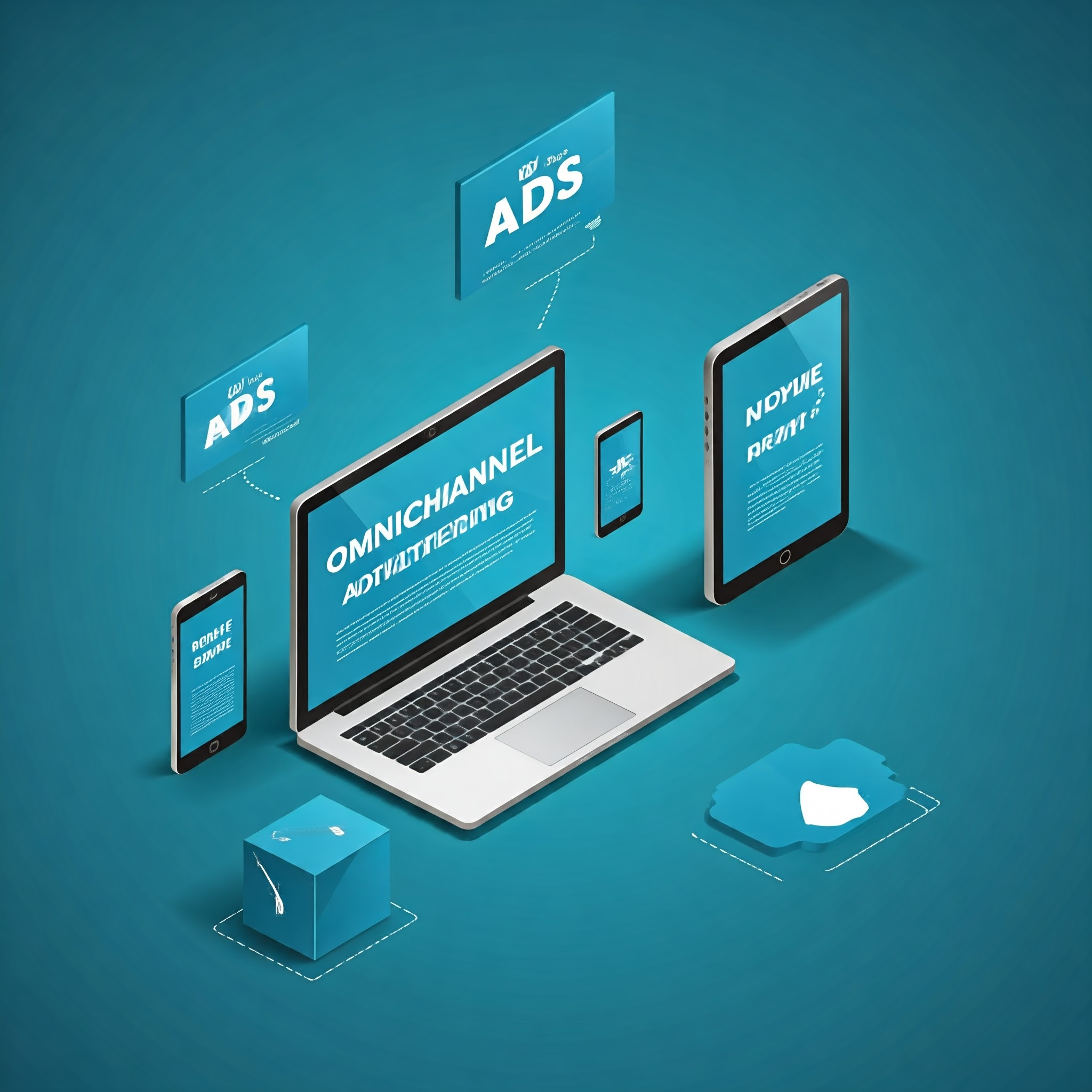Omnichannel Advertising: Uniting Campaigns Across Platforms
In today’s dynamic digital landscape, consumers interact with brands through a variety of channels—social media, websites, mobile apps, email, and even physical stores. For advertisers, this presents both a challenge and an opportunity. Omnichannel advertising is the answer to ensuring seamless and cohesive messaging across these diverse touchpoints. This blog explores the concept of omnichannel advertising, its benefits, and strategies to effectively unite campaigns across platforms.
What is Omnichannel Advertising?
Omnichannel advertising is a marketing strategy that delivers a unified and personalized experience to consumers across all channels and devices. Unlike multichannel advertising, which involves using multiple platforms independently, omnichannel advertising focuses on integration and consistency, ensuring that the consumer journey feels seamless regardless of how or where they interact with a brand.
Why Omnichannel Advertising Matters
- Consumer Behavior is Multichannel: Studies show that modern consumers engage with multiple touchpoints before making a purchase. An omnichannel approach ensures a consistent message across these touchpoints.
- Enhanced Personalization: With integrated data, brands can deliver tailored messages that resonate with individual consumers.
- Higher ROI: Omnichannel campaigns tend to perform better than single-channel efforts, driving higher engagement and conversions.
- Improved Customer Retention: Consistent and relevant messaging fosters loyalty and keeps customers coming back.
Key Components of Omnichannel Advertising
1. Unified Customer Data
Centralized data collection and integration are at the heart of omnichannel advertising. Using tools like Customer Data Platforms (CDPs), brands can:
- Consolidate data from multiple sources.
- Build comprehensive customer profiles.
- Enable real-time personalization.
2. Consistent Messaging
Consistency doesn’t mean identical ads across platforms. Instead, it involves aligning tone, visuals, and messaging to ensure a cohesive brand voice.
3. Channel Integration
Omnichannel advertising requires seamless integration of various platforms, including:
- Social media (e.g., Facebook, Instagram, LinkedIn).
- Search engines (e.g., Google Ads).
- Email marketing.
- Display and programmatic ads.
- Offline channels (e.g., print, TV, in-store).
4. Advanced Analytics and Attribution
To understand the effectiveness of campaigns, advertisers need robust analytics. Advanced attribution models help identify which touchpoints contribute most to conversions, enabling better optimization.
Strategies for Effective Omnichannel Advertising
1. Map the Customer Journey
Understanding how consumers interact with your brand across different channels is crucial. Create detailed customer journey maps to:
- Identify key touchpoints.
- Understand pain points.
- Optimize interactions.
2. Leverage Cross-Channel Insights
Analyze data from multiple channels to uncover patterns and preferences. Use these insights to inform campaign strategies and improve targeting.
3. Personalize at Scale
Personalization is key to effective omnichannel advertising. Use AI and machine learning to deliver:
- Dynamic content tailored to user behavior.
- Product recommendations based on past interactions.
- Location-based offers.
4. Test and Optimize
Continuous testing is essential to refine omnichannel campaigns. Experiment with:
- Ad creatives.
- Messaging variations.
- Timing and frequency.
5. Ensure Mobile Compatibility
With the majority of consumers accessing content on mobile devices, mobile-first design is non-negotiable. Ensure that:
- Ads are responsive.
- Landing pages load quickly.
- User experience is seamless.
Challenges and Solutions
1. Data Silos
Challenge: Fragmented data across different platforms can hinder campaign integration. Solution: Invest in CDPs or other data integration tools to unify data sources.
2. Attribution Complexity
Challenge: Understanding which channels drive conversions can be challenging. Solution: Implement multi-touch attribution models to gain deeper insights.
3. Resource Constraints
Challenge: Coordinating campaigns across channels requires time and expertise. Solution: Leverage marketing automation platforms to streamline workflows.
4. Maintaining Consistency
Challenge: Ensuring consistent messaging across diverse platforms. Solution: Develop a clear brand style guide and train teams to adhere to it.
Case Studies: Successful Omnichannel Campaigns
Case Study 1: Starbucks
Starbucks excels in omnichannel advertising with its mobile app, loyalty program, and in-store experience. The brand seamlessly integrates these channels, allowing customers to:
- Order through the app.
- Earn rewards in-store.
- Receive personalized offers via email and push notifications.
Result: Increased customer loyalty and higher revenue.
Case Study 2: Sephora
Sephora’s omnichannel strategy combines online and offline experiences. Customers can:
- Use the app to virtually try products.
- Receive personalized recommendations.
- Redeem rewards both online and in-store.
Result: Improved customer engagement and a 15% increase in sales.
The Future of Omnichannel Advertising
As technology evolves, omnichannel advertising will become even more sophisticated. Emerging trends include:
- AI-Powered Personalization: Real-time data processing to deliver hyper-personalized experiences.
- Voice and IoT Integration: Expanding reach to smart devices and voice assistants.
- AR and VR Experiences: Creating immersive and interactive advertising experiences.
Conclusion
Omnichannel advertising is no longer optional; it’s a necessity for brands aiming to meet the demands of modern consumers. By uniting campaigns across platforms, leveraging data for personalization, and ensuring consistent messaging, advertisers can deliver seamless experiences that drive engagement and ROI. The future of advertising lies in integration—are you ready to embrace it?

Comments are closed